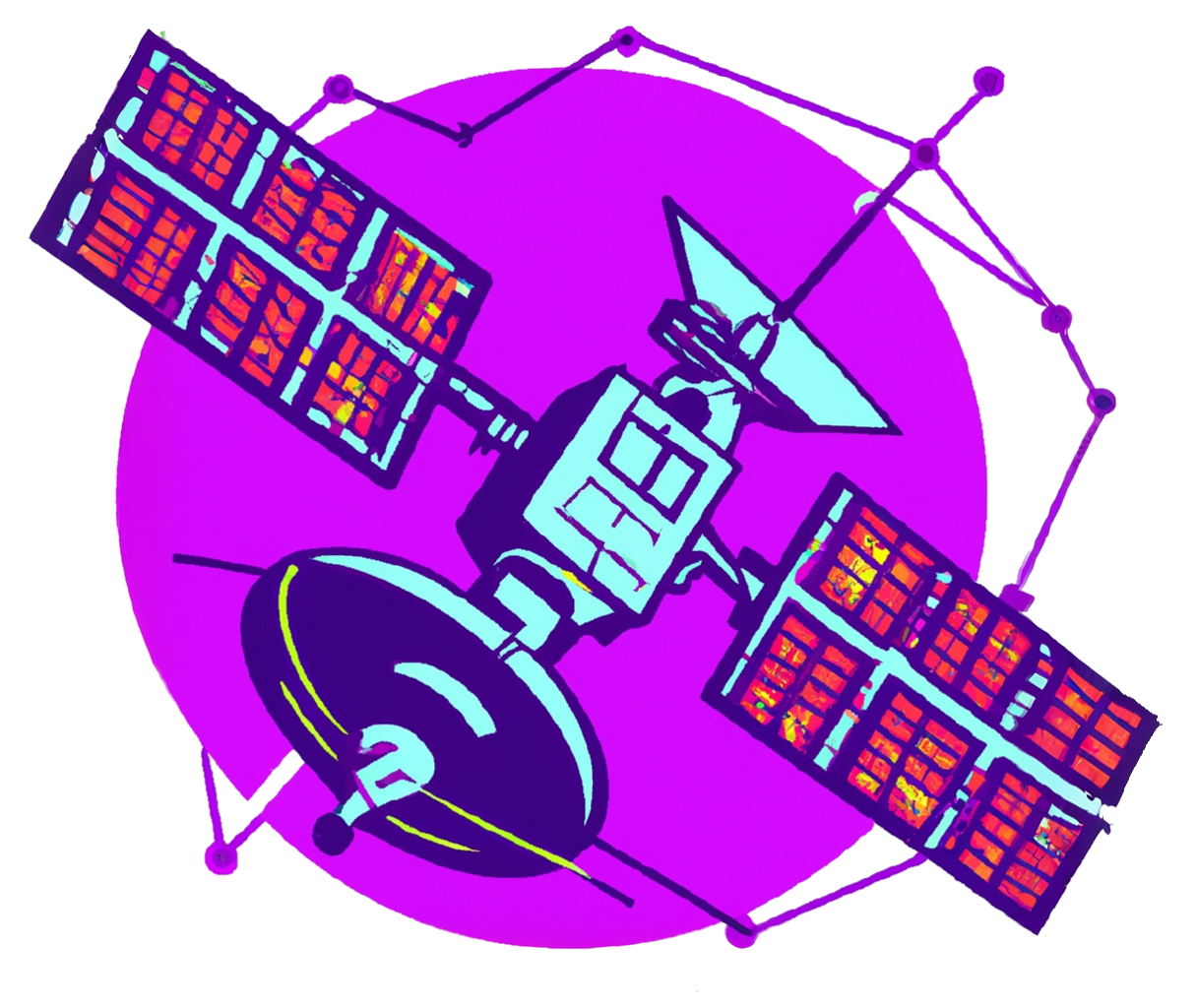Device Communication
The SDK provices a set of function to interact with the Mir server. There are 3 types of communication:
- Telemetry: data are sent from the device to the server as fire and forget.
- Commands: data are sent from the server to the device with a reply expected.
- Configuration: data is exchange between the server and the device in an asynchronous way. Used to configure the device and report the current status.
See Communicaton.
To provice a great developper experience and high performance, Mir utilizes Protocol Buffer to define the communication schema. On top of Protobuf, Mir provide a predefined schema to annotate Protobuf messages with metadata to help the server understand the type of data. See Mir Protobuf.
Editing the Schema
For this next part, we will define a schema to enable communication between your device and the server.
mir.proto: contains Mir metadata and Protobuf extentions. Readonly.schema.proto: contains your device schema and defines the communication interface.
syntax = "proto3";
package schema.v1;
option go_package = "github.com/maxthom/mir.device.buff/proto/schema/v1/schemav1";
import "mir/device/v1/mir.proto";
You can also remove the rest of the schema as we will recreate it during the tutorial.
When you are ready, generate the go code:
just proto
#or
make proto
You should see a new file containing the generated code: proto/schema/v1/schema.pb.go
Pass the Schema to Mir
Back in your main.go, you must import and add the proto schema to the MirSDK:
package main
import (
"context"
"os"
"os/signal"
"syscall"
"github.com/maxthom/mir/pkgs/device/mir"
schemav1 "github.com/maxthom/mir.device.buff/proto/gen/schema/v1"
)
func main() {
ctx, cancel := context.WithCancel(context.Background())
m, err := mir.Builder().
DeviceId("weather").
Target("nats://127.0.0.1:4222").
LogLevel(mir.LogLevelInfo).
Schema(schemav1.File_schema_v1_schema_proto).
Build()
if err != nil {
panic(err)
}
wg, err := m.Launch(ctx)
if err != nil {
panic(err)
}
osSignal := make(chan os.Signal, 1)
signal.Notify(osSignal, syscall.SIGINT, syscall.SIGTERM)
<-osSignal
cancel()
wg.Wait()
}
Protobuf needs a bit of getting used to, but it is a powerful tool. The generated code will help you interact with the server in a type safe way, give high performance and provide a great developper experience.
🥳 Congratulation! You have generated your schema and Mir is now aware of it.
If you run the code again and run mir dev ls weather -o yaml, you should see the schema in the digital twin status section:
schema:
packageNames:
- google.protobuf
- mir.device.v1
- schema.v1
lastSchemaFetch: "2025-07-18T10:52:07.664623316Z"
From this point on, everything is setup to start building!
 Mir
Mir